Home>Renovation & DIY>Home Renovation Guides>How Does Depreciation Of Home Improvements Work?
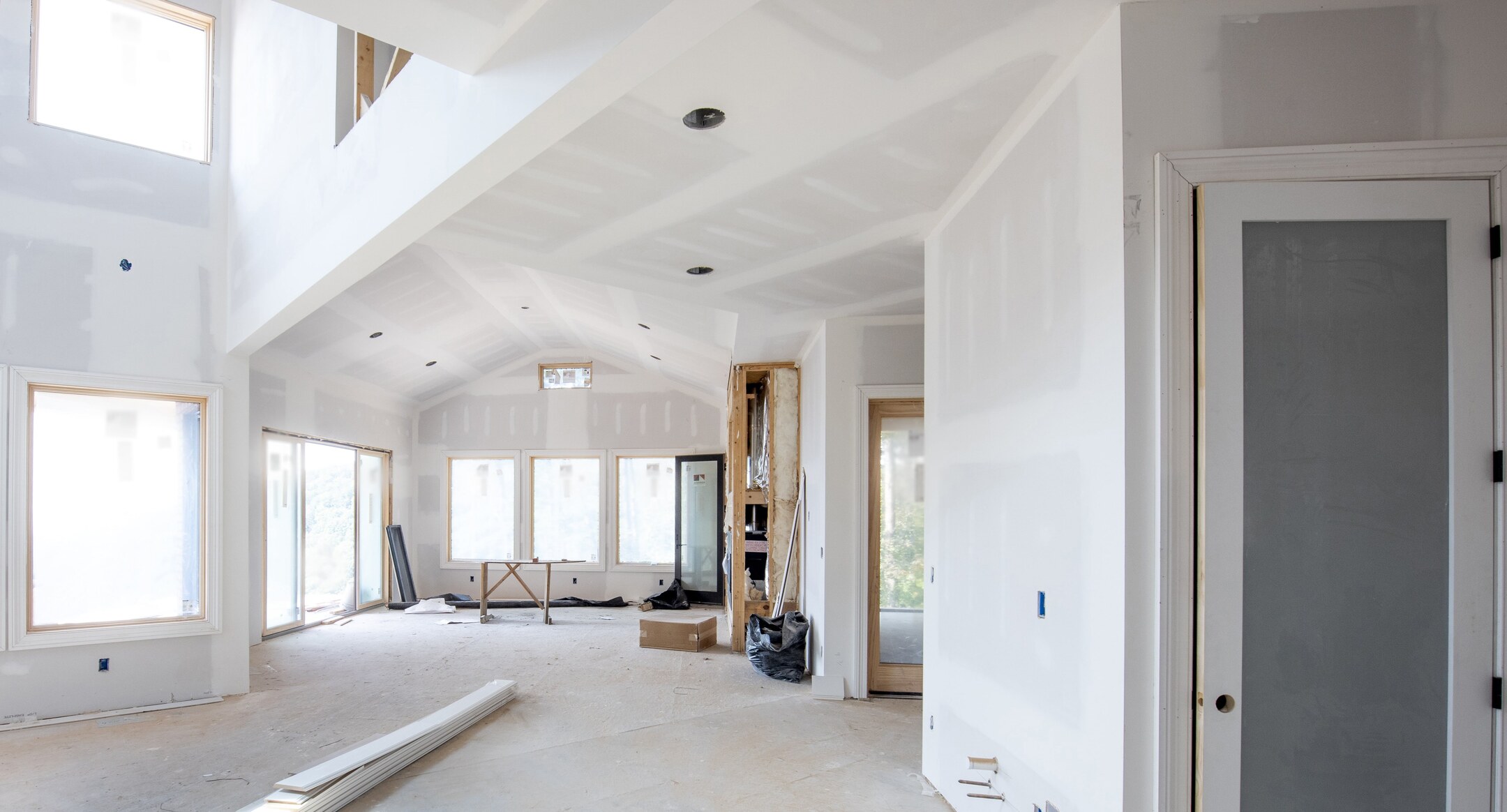

Home Renovation Guides
How Does Depreciation Of Home Improvements Work?
Modified: January 4, 2024
Learn how depreciation of home improvements works with our comprehensive home renovation guide. Understand the tax implications and maximize your savings.
(Many of the links in this article redirect to a specific reviewed product. Your purchase of these products through affiliate links helps to generate commission for Storables.com, at no extra cost. Learn more)
Introduction
Welcome to the world of home renovation! Whether you’re a seasoned homeowner or a first-time buyer, understanding the dynamics of home improvements and their impact on depreciation is crucial. As you embark on the journey of enhancing your living space, it’s essential to grasp the concept of depreciation and how it applies to the improvements you make. This comprehensive guide will walk you through the intricacies of home improvement depreciation, shedding light on its mechanisms, influencing factors, and strategies to mitigate its effects.
By delving into the realm of depreciation, you’ll gain valuable insights that can help you make informed decisions about your home renovation projects. So, let’s unravel the mysteries of depreciation and empower ourselves with the knowledge to navigate the world of home improvements with confidence and foresight.
Key Takeaways:
- Understand that home improvements can lose value over time due to wear and tear, changing trends, and technological advancements. Consider the long-term impact of renovations to make informed decisions.
- To minimize depreciation, invest in high-quality materials, timeless designs, and energy-efficient upgrades. Regular maintenance and market-relevant enhancements can also help preserve the value of your property improvements.
Read more: How To Depreciate Rental Home Improvements?
Understanding Depreciation
Depreciation, in the context of home improvements, refers to the decrease in the value of an asset over time. When it comes to real estate, including residential properties, the concept of depreciation becomes particularly pertinent. Understanding how depreciation works is essential for homeowners and investors alike, as it directly impacts the financial implications of property ownership and renovation.
Several factors contribute to the depreciation of home improvements, including wear and tear, functional obsolescence, and economic factors. Wear and tear encompass the gradual deterioration of materials and components due to regular usage and exposure to the elements. Functional obsolescence refers to the decreased desirability or usefulness of certain features or designs in comparison to modern standards. Economic factors, such as changes in market demand and property trends, can also influence the depreciation of home improvements.
It’s important to note that not all home improvements depreciate at the same rate or in the same manner. The type of improvement, the quality of materials and workmanship, and the overall condition of the property are significant determinants of depreciation. By gaining a deeper understanding of depreciation, homeowners can make informed decisions about the scope, timing, and nature of their renovation projects, ultimately maximizing the value and longevity of their investments.
Depreciation of Home Improvements
When homeowners invest in improving their properties, they often expect these enhancements to add value and longevity to their homes. However, it’s crucial to acknowledge that many home improvements are subject to depreciation over time. Understanding the dynamics of depreciation in the context of home improvements can help homeowners manage their expectations and make informed decisions about their renovation endeavors.
Common home improvements that are susceptible to depreciation include but are not limited to:
- Kitchen and bathroom renovations
- Roof replacement
- Flooring upgrades
- HVAC system installations
- Exterior enhancements such as siding or landscaping
These improvements, while initially adding value and functionality to a property, may experience depreciation due to factors such as wear and tear, changing design trends, and technological advancements. For instance, a state-of-the-art kitchen renovation may lose its appeal and functionality as new design trends emerge, potentially leading to a decrease in its perceived value over time.
It’s important for homeowners to recognize that while certain improvements may enhance their quality of life and the aesthetic appeal of their homes, they may not necessarily yield a dollar-for-dollar return on investment in the long run. By acknowledging the potential for depreciation, homeowners can approach their renovation projects with a realistic outlook, weighing the personal benefits against the potential financial implications of depreciation.
Factors Affecting Depreciation
The depreciation of home improvements is influenced by a myriad of factors, each playing a significant role in determining the rate and extent of depreciation. Understanding these factors empowers homeowners to make informed decisions about their renovation projects and anticipate the long-term implications of their investments.
1. Quality of Materials and Workmanship:
The durability and craftsmanship of the materials used in home improvements directly impact their susceptibility to depreciation. High-quality materials and skilled workmanship can contribute to the longevity and resilience of improvements, potentially mitigating the effects of depreciation.
2. Design and Aesthetic Appeal:
Design trends and aesthetic preferences evolve over time, influencing the perceived value of home improvements. Features and designs that align with current trends may retain their value more effectively, while those that become outdated could experience accelerated depreciation.
3. Maintenance and Upkeep:
Regular maintenance and upkeep play a pivotal role in mitigating depreciation. Proper care and timely repairs can prolong the lifespan of home improvements, reducing the impact of wear and tear and preserving their value over time.
4. Market Demand and Property Trends:
External factors such as changes in market demand and property trends can affect the depreciation of home improvements. Features that align with current market preferences and lifestyle demands may retain their value more effectively, while those that fall out of favor could experience accelerated depreciation.
5. Technological Advancements:
The rapid evolution of technology can render certain home improvements obsolete, leading to accelerated depreciation. For example, advancements in energy-efficient HVAC systems or smart home technology may diminish the value of older, less efficient installations.
By considering these factors, homeowners can gain a comprehensive understanding of the forces at play in the depreciation of home improvements. This knowledge enables them to make strategic choices regarding the scope, timing, and nature of their renovation projects, ultimately maximizing the value and longevity of their investments.
When it comes to depreciation of home improvements, it’s important to keep detailed records of the costs and dates of the improvements. This will help you calculate the depreciation for tax purposes when you sell your home.
Calculating Depreciation
Calculating the depreciation of home improvements involves assessing the decrease in value over a specific period. While the process of determining depreciation can be complex and multifaceted, several methods and considerations are commonly employed to gauge the extent of depreciation in the context of property renovations.
1. Straight-Line Depreciation:
The straight-line depreciation method involves spreading the cost of an improvement equally over its estimated useful life. This approach assumes a consistent rate of depreciation each year, simplifying the calculation process. For example, if a roof replacement is estimated to cost $10,000 and has a useful life of 20 years, the annual depreciation would be $500 ($10,000 divided by 20 years).
2. Component Depreciation:
Component depreciation involves assessing the depreciation of individual components or elements within a larger improvement. For instance, in a comprehensive kitchen renovation, specific components such as cabinets, countertops, and appliances may depreciate at different rates based on their quality, functionality, and design relevance.
3. Appraisal-Based Methods:
Professional appraisers can provide valuable insights into the depreciation of home improvements by assessing the current condition, quality, and relevance of the enhancements. Through detailed property appraisals, homeowners can gain a comprehensive understanding of the depreciation affecting their specific improvements.
4. Market Analysis:
Conducting a thorough market analysis can shed light on the depreciation trends affecting similar properties and renovations within a specific area. By evaluating comparable properties and their respective improvements, homeowners can gauge the potential depreciation of their own enhancements within the local real estate market.
It’s important to note that while calculating depreciation provides valuable insights, the ultimate goal of home improvements extends beyond financial considerations. Factors such as the enhanced quality of life, improved functionality, and personal enjoyment derived from renovations are equally significant aspects of the homeowner’s experience.
By leveraging these methods and considerations, homeowners can gain a comprehensive understanding of the depreciation affecting their home improvements, enabling them to make informed decisions about their renovation projects and long-term property management.
Strategies to Minimize Depreciation
While depreciation is an inevitable aspect of home improvements, homeowners can employ strategic approaches to minimize its impact and preserve the value of their investments over time. By integrating thoughtful planning, proactive maintenance, and strategic decision-making, homeowners can mitigate the effects of depreciation and optimize the longevity of their property enhancements.
1. Quality and Durability:
Investing in high-quality materials and skilled workmanship can significantly reduce the susceptibility of home improvements to depreciation. Durable materials and expert craftsmanship contribute to the longevity and resilience of enhancements, prolonging their functional and aesthetic appeal.
2. Timeless Design Elements:
Incorporating timeless design elements and features in home improvements can help mitigate the effects of changing aesthetic trends. Classic and versatile designs have the potential to retain their appeal and value over time, minimizing the impact of depreciation associated with evolving design preferences.
3. Regular Maintenance:
Proactive maintenance and timely repairs play a pivotal role in preserving the condition and value of home improvements. By addressing wear and tear, addressing minor issues promptly, and conducting routine upkeep, homeowners can minimize the effects of depreciation and prolong the lifespan of their enhancements.
4. Energy-Efficient Upgrades:
Integrating energy-efficient technologies and sustainable features in home improvements not only contributes to environmental conservation but also enhances the long-term value of the property. Energy-efficient upgrades, such as insulation, windows, and appliances, can mitigate depreciation by aligning with evolving sustainability trends and cost-saving initiatives.
5. Market-Relevant Enhancements:
Conducting thorough research on current market demands and property trends can inform strategic renovation decisions. By aligning enhancements with prevalent lifestyle preferences and market demands, homeowners can minimize the effects of depreciation and maximize the desirability and value of their property improvements.
6. Professional Appraisals and Consultations:
Engaging professional appraisers and industry experts can provide valuable insights into the depreciation of home improvements. By seeking expert opinions and assessments, homeowners can gain a comprehensive understanding of the factors influencing depreciation and make informed decisions about their renovation strategies.
By implementing these strategies, homeowners can proactively mitigate the effects of depreciation, preserve the value of their property improvements, and optimize the long-term impact of their renovation endeavors.
Conclusion
Embarking on home improvement projects is an exciting journey that allows homeowners to enhance their living spaces, improve functionality, and elevate the aesthetic appeal of their properties. However, it’s essential to recognize the nuances of depreciation and its implications on property enhancements. By understanding the mechanisms of depreciation, factors influencing its trajectory, and strategic approaches to mitigate its effects, homeowners can navigate the realm of home improvements with foresight and confidence.
While depreciation is an inherent aspect of property ownership and renovation, it does not diminish the value and significance of home improvements. Beyond financial considerations, the personal enjoyment, enhanced quality of life, and the pride of ownership derived from renovations are invaluable aspects of the homeowner’s experience. By integrating thoughtful planning, diligent maintenance, and strategic decision-making, homeowners can optimize the longevity and impact of their property enhancements, transcending the mere financial implications of depreciation.
As you embark on your home renovation endeavors, remember that each improvement contributes to the evolving story of your home. From the timeless design elements that withstand the passage of trends to the durable materials that weather the tests of time, every enhancement adds to the narrative of your living space. By embracing the multifaceted nature of home improvements and acknowledging the interplay of depreciation and value, you empower yourself to make informed decisions that resonate with your vision for your home.
Ultimately, the journey of home renovation is a testament to the homeowners’ aspirations, creativity, and commitment to shaping their living environment. By embracing the dynamics of depreciation and leveraging strategic approaches to preserve the value of their investments, homeowners can embark on this journey with a profound appreciation for the enduring impact of their home improvements.
So, as you embark on your next renovation project, may you infuse each enhancement with intention, creativity, and a vision for the enduring legacy of your home.
Frequently Asked Questions about How Does Depreciation Of Home Improvements Work?
Was this page helpful?
At Storables.com, we guarantee accurate and reliable information. Our content, validated by Expert Board Contributors, is crafted following stringent Editorial Policies. We're committed to providing you with well-researched, expert-backed insights for all your informational needs.
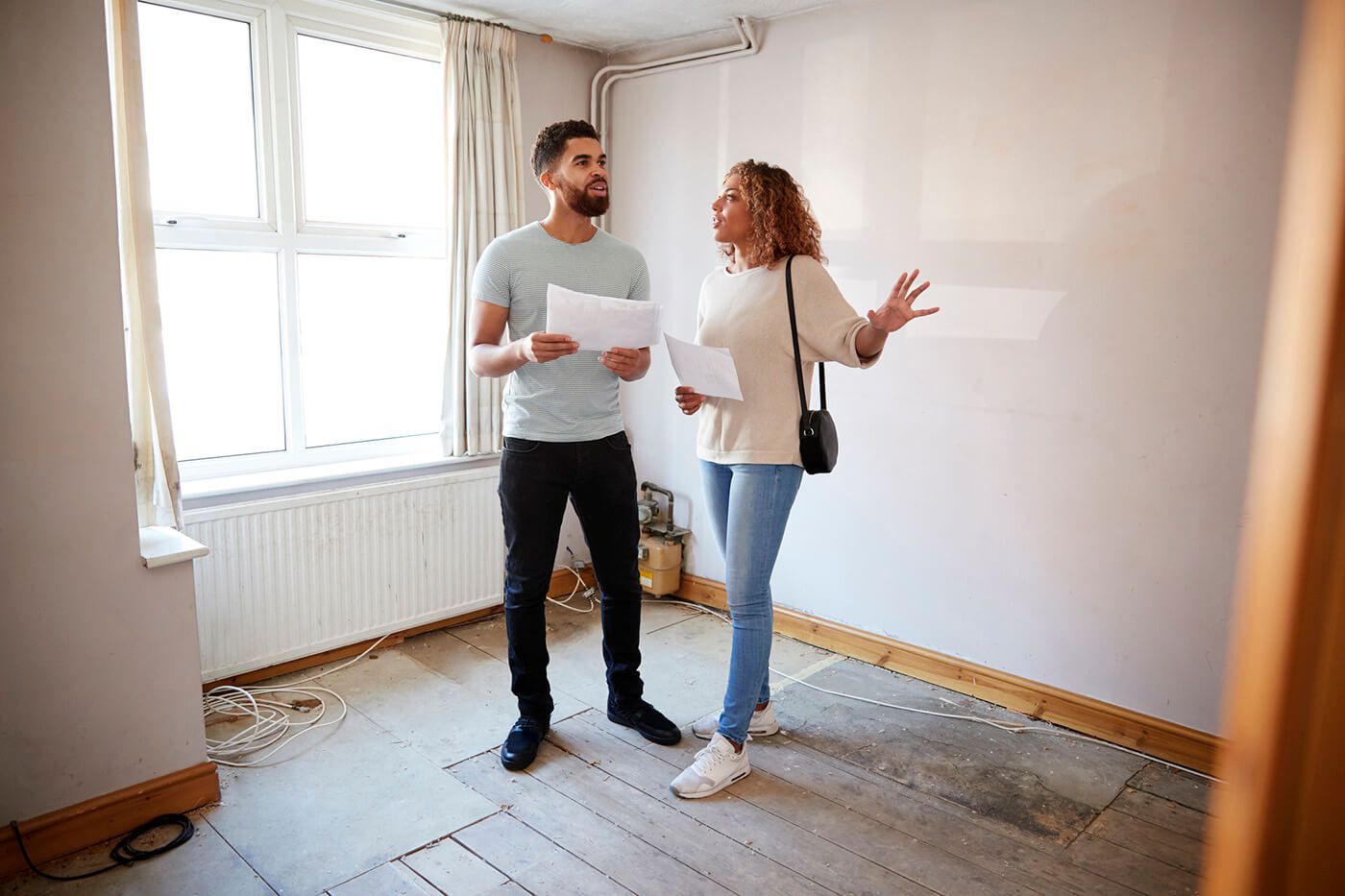
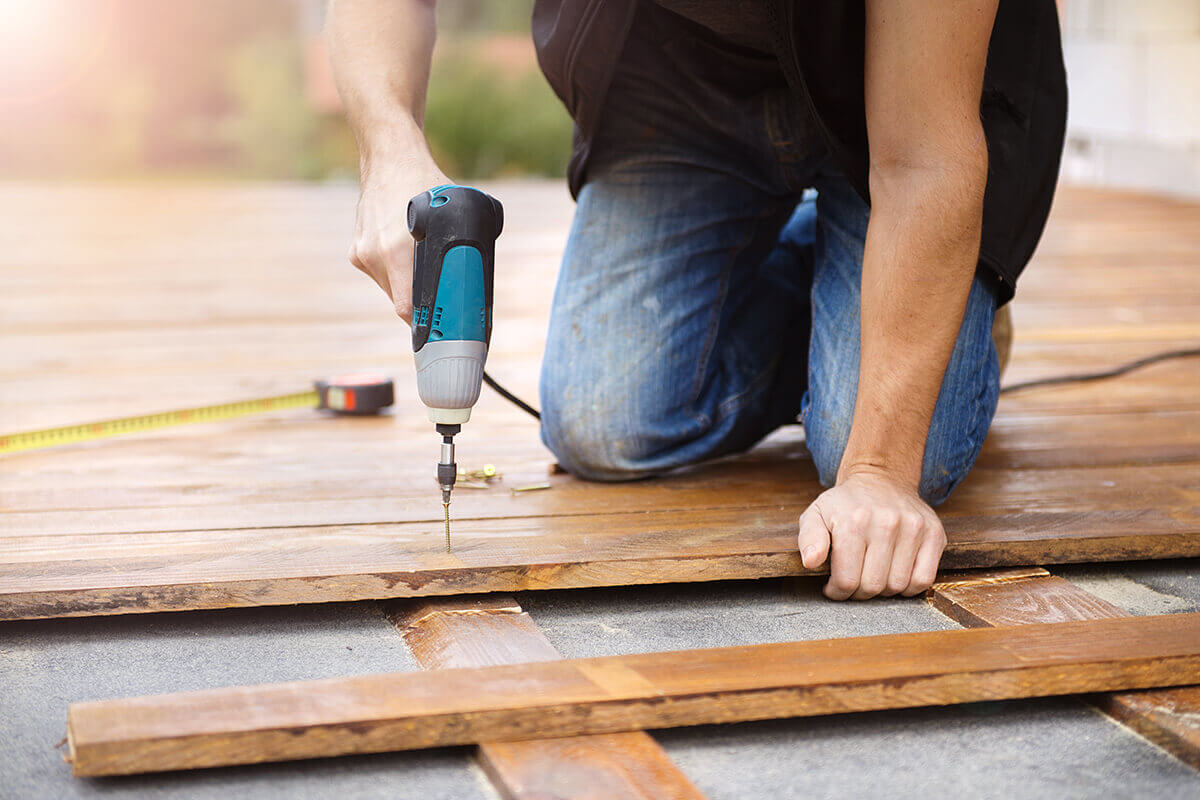
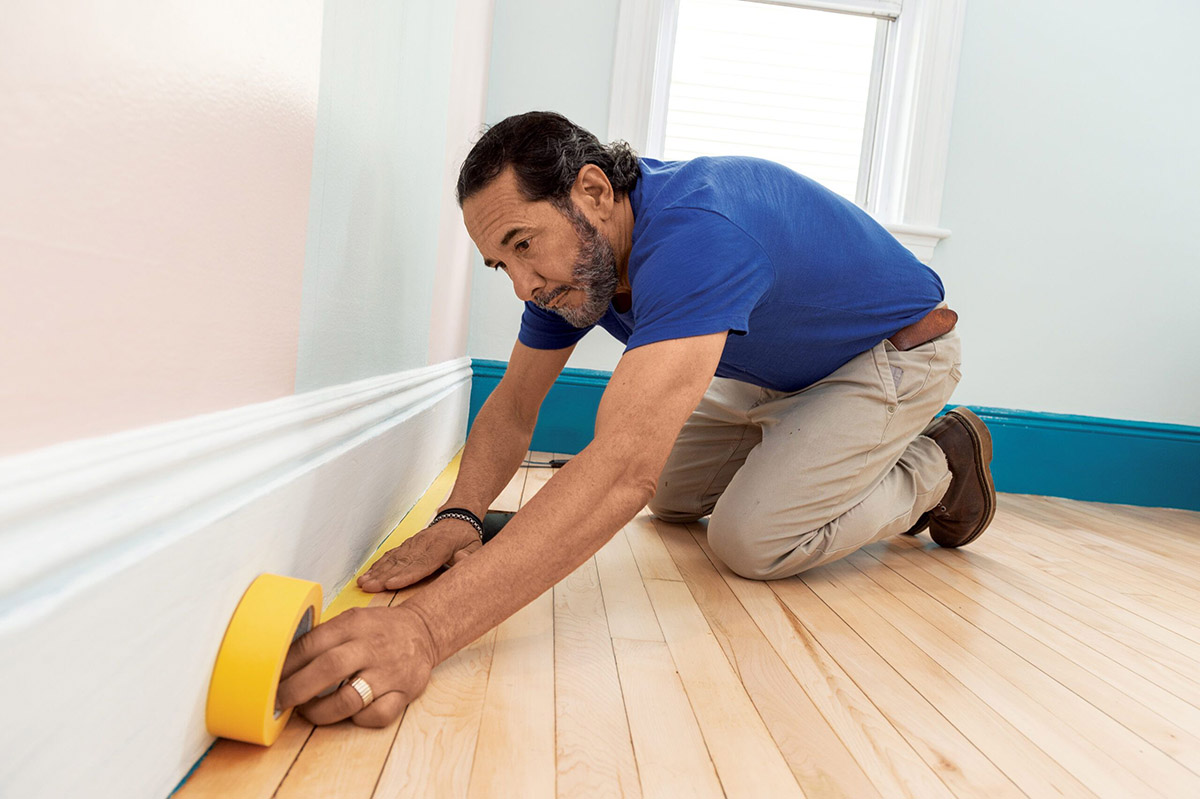
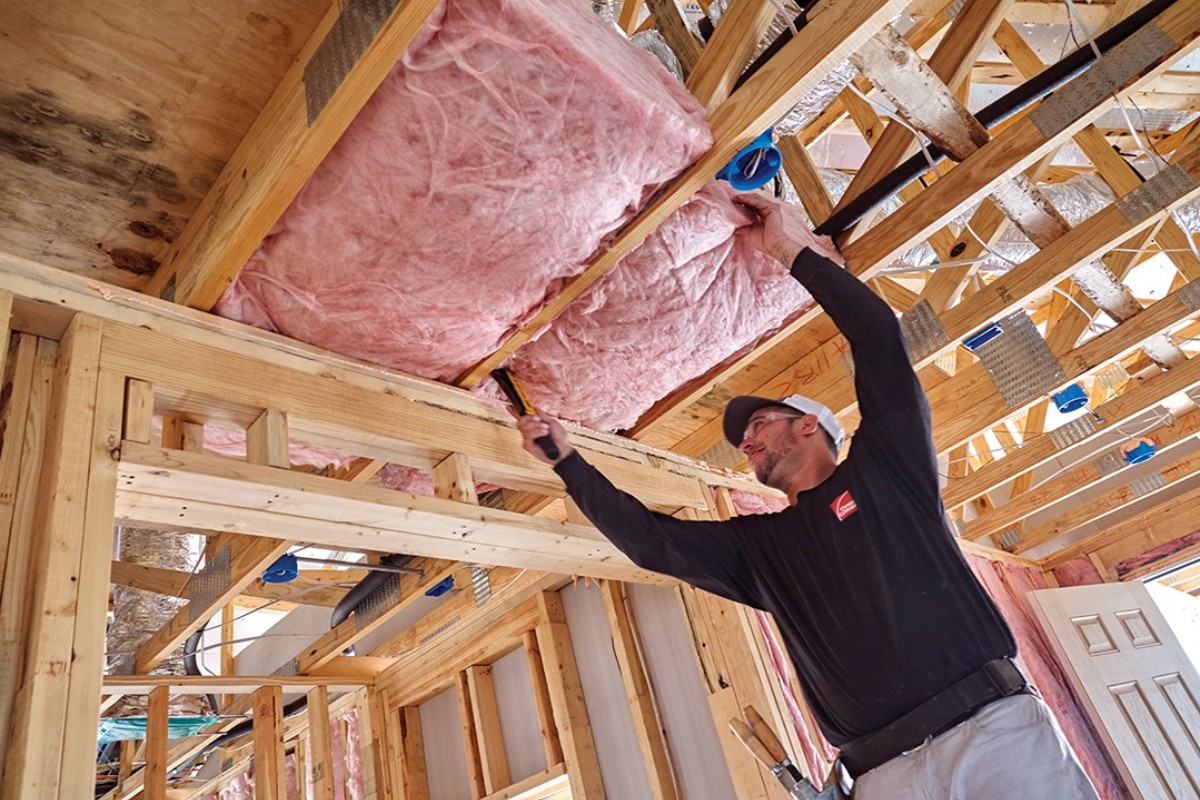

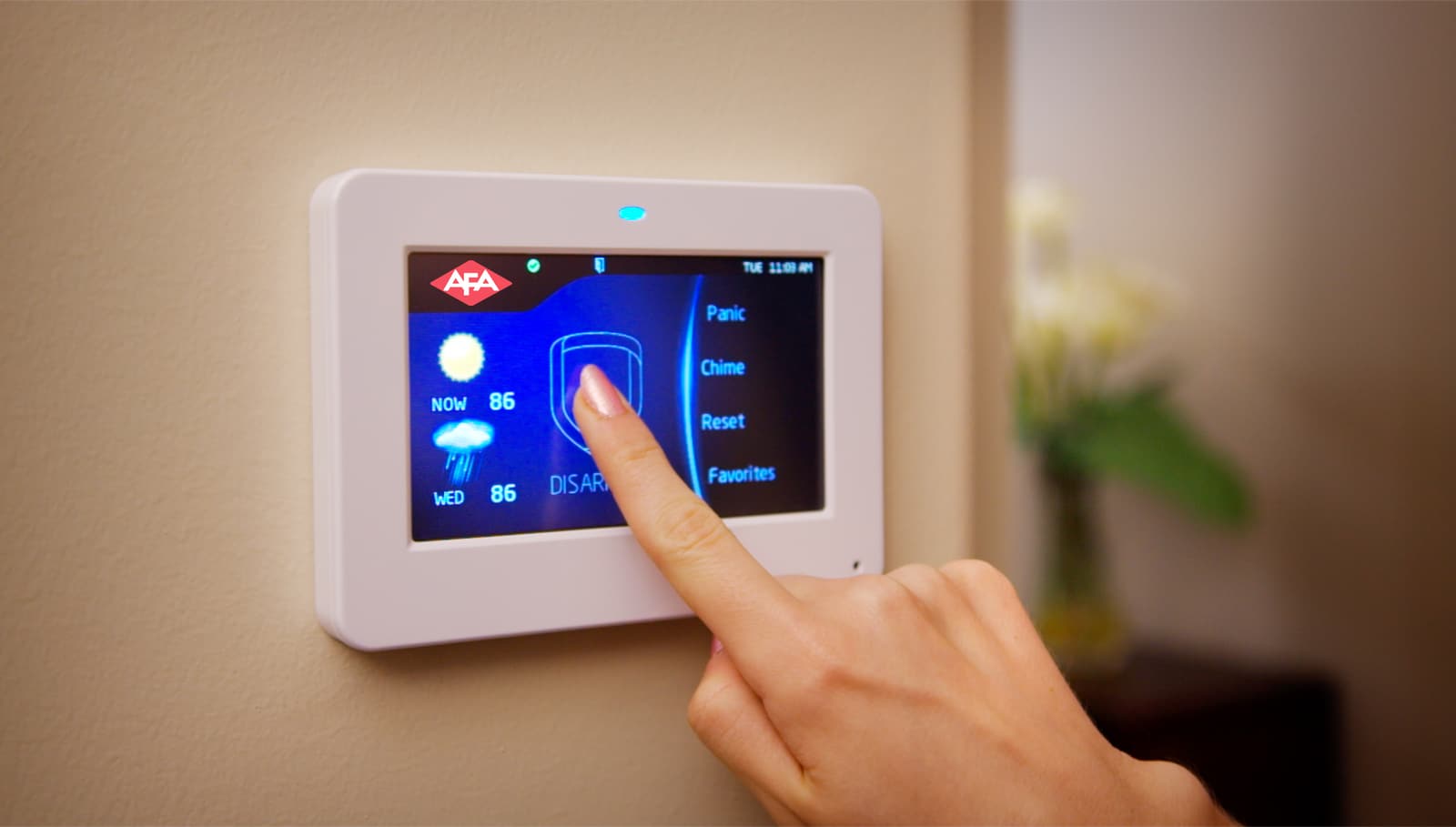

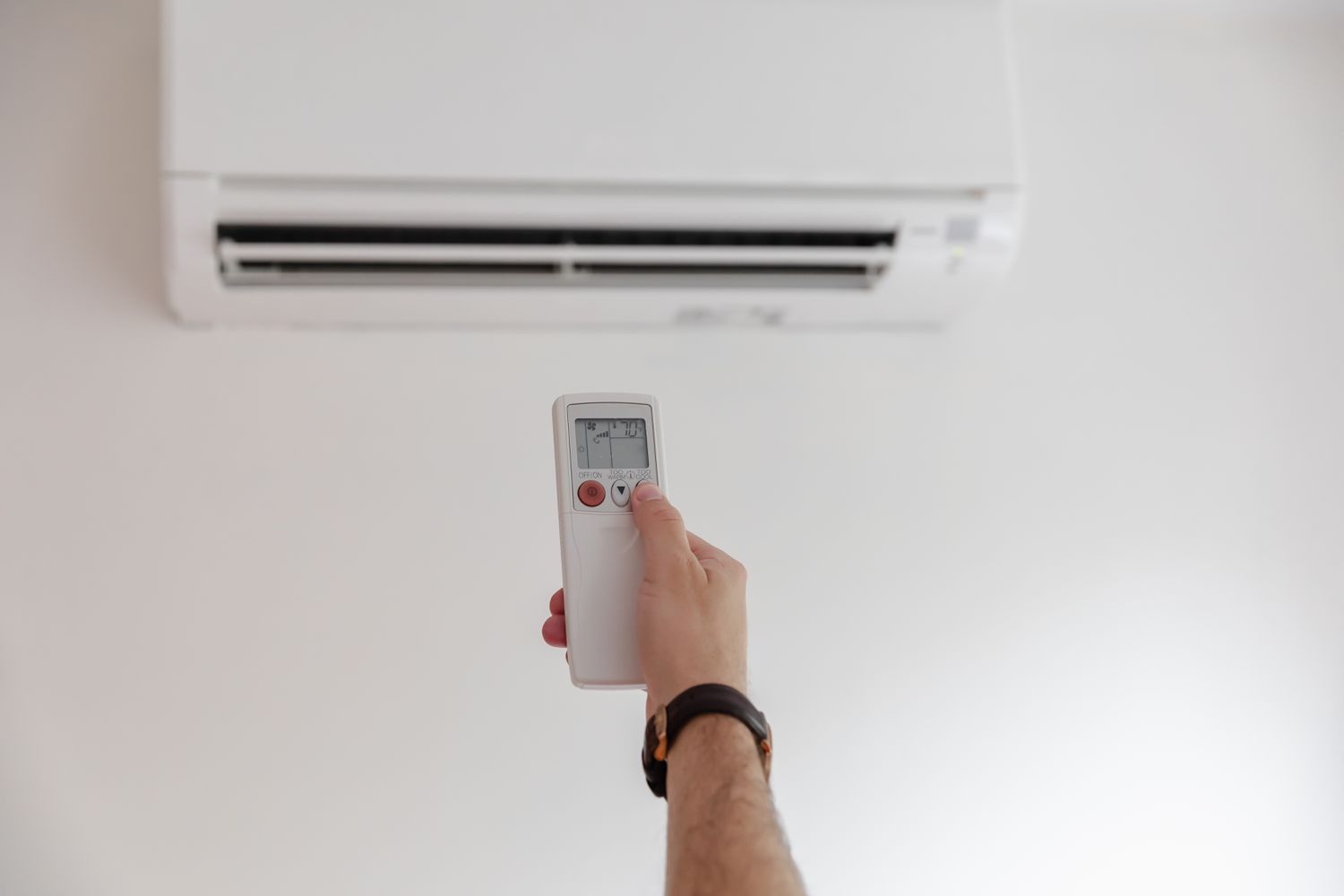
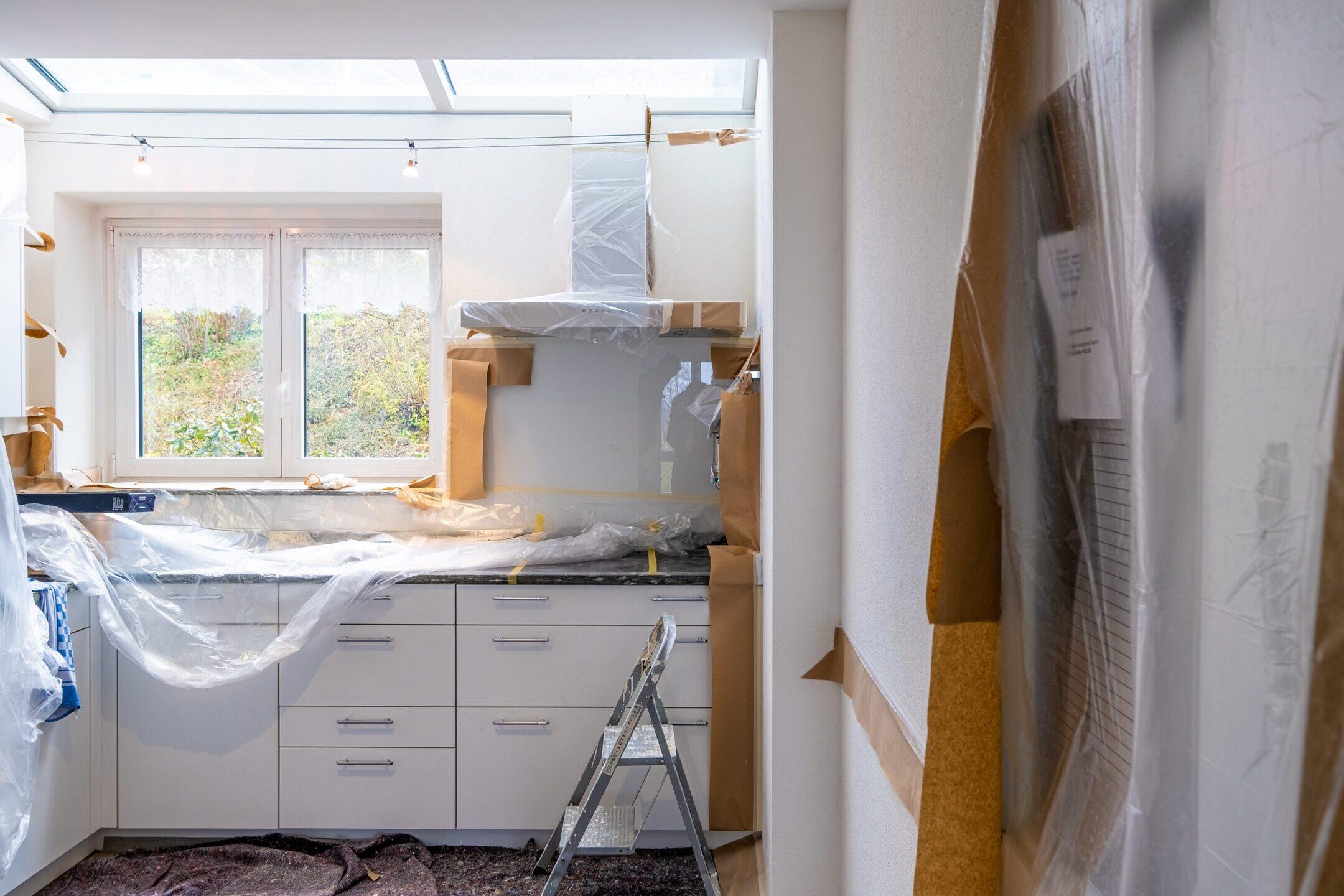
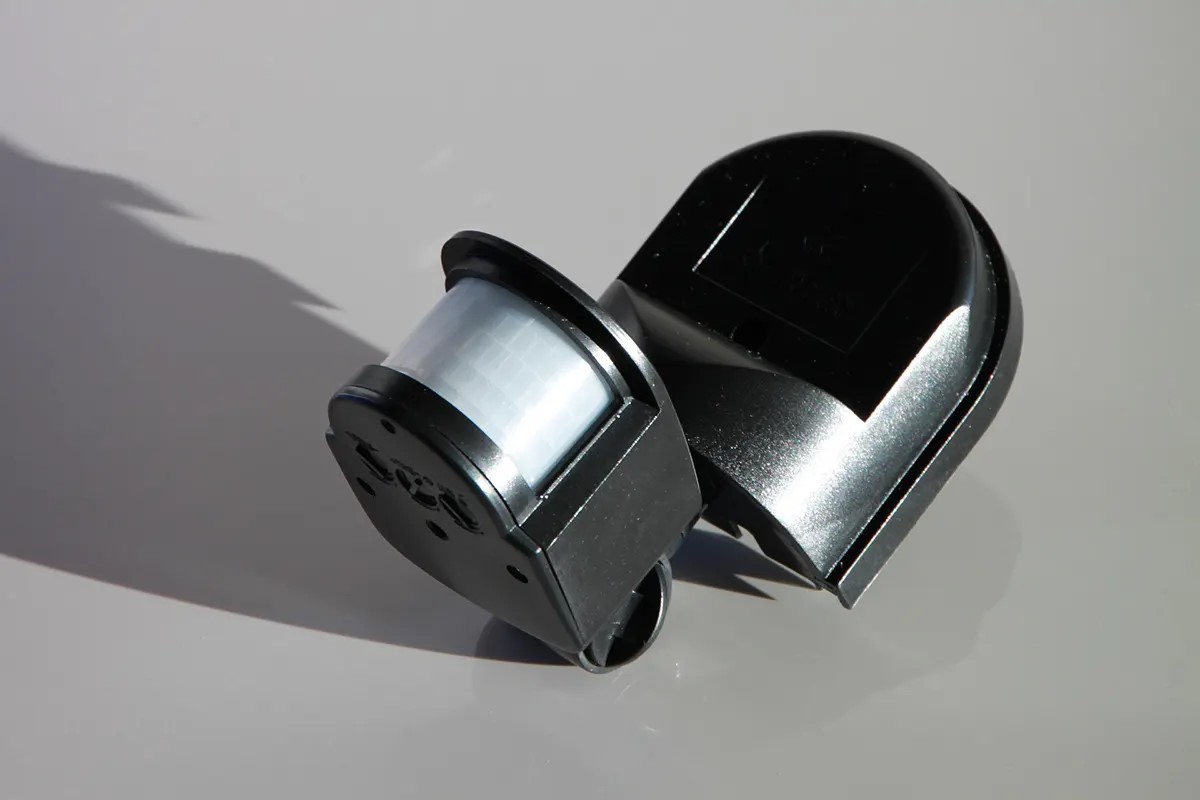



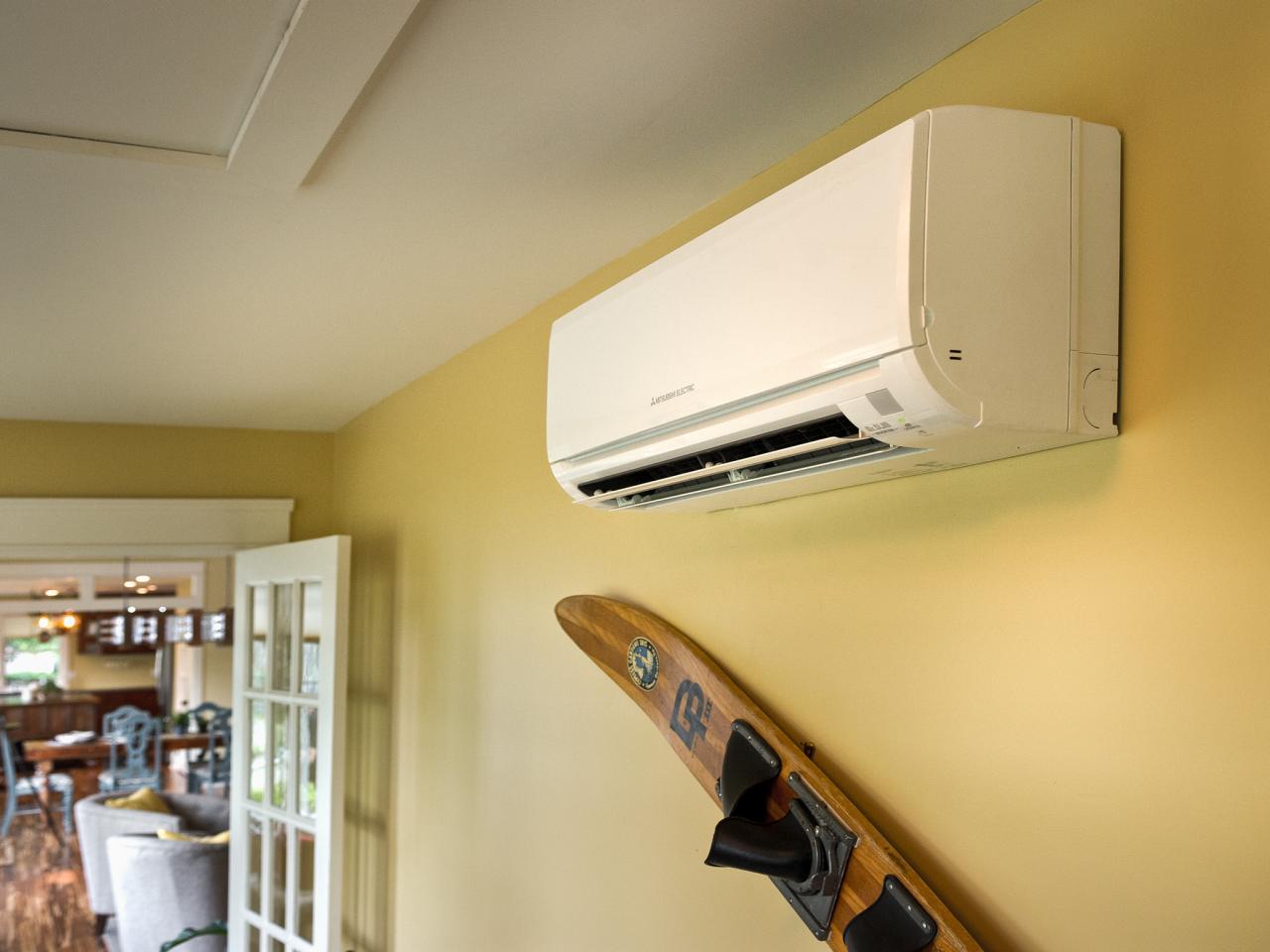

0 thoughts on “How Does Depreciation Of Home Improvements Work?”